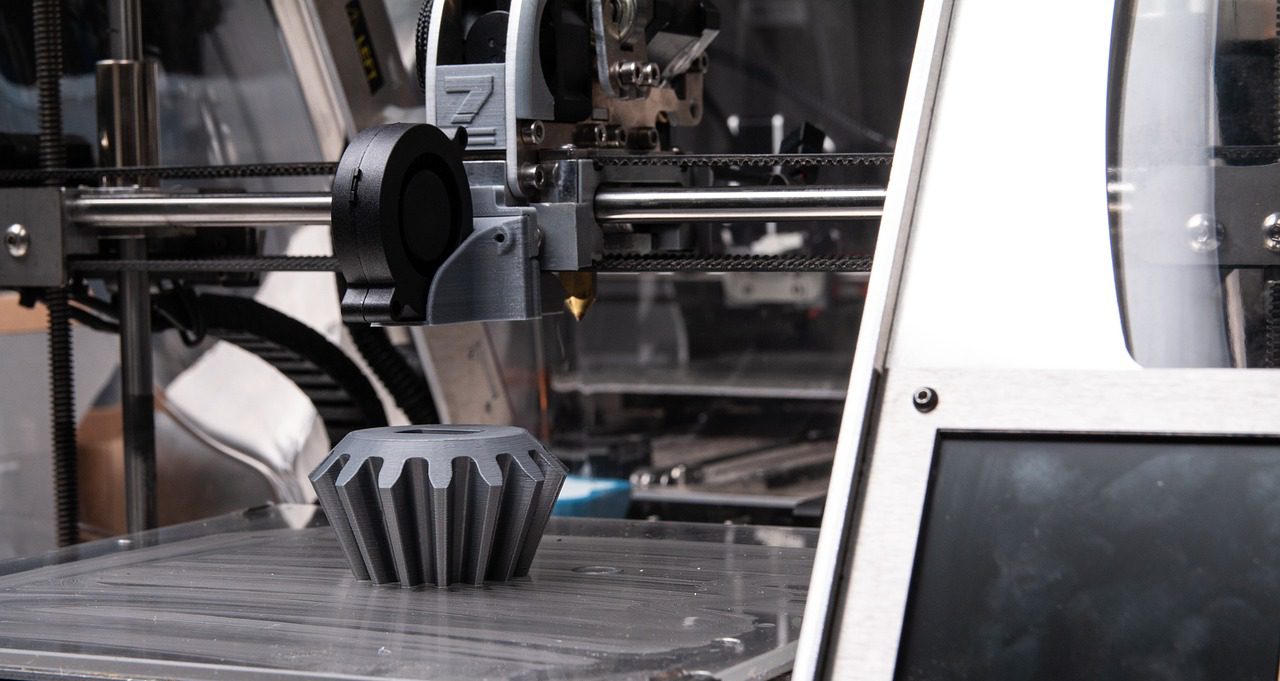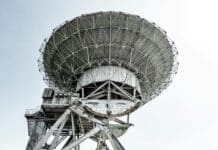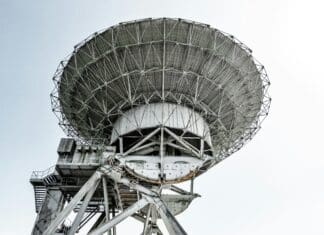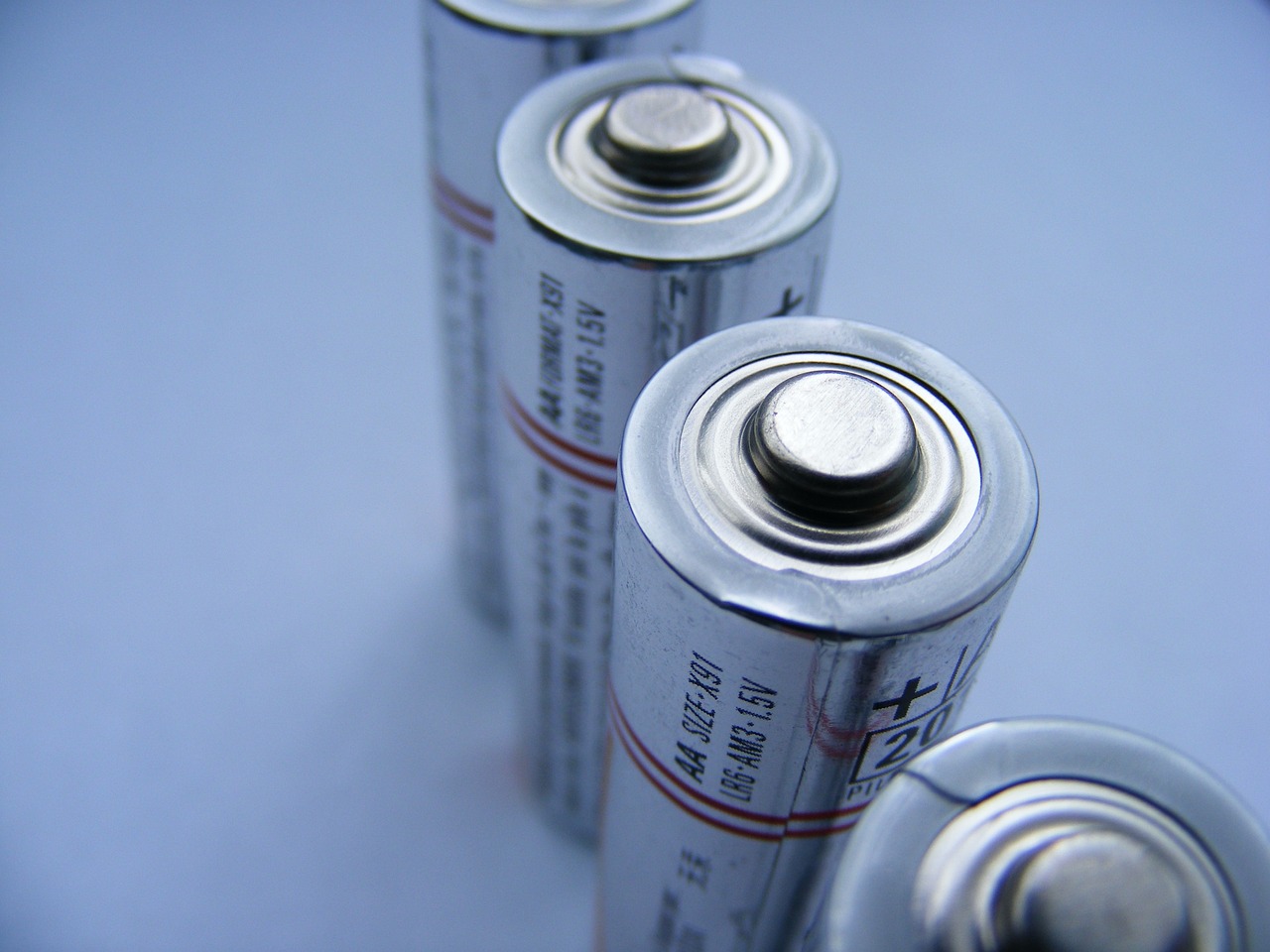This post is also available in:
 עברית (Hebrew)
עברית (Hebrew)
Researchers at the Technical University of Denmark (DTU) have developed a new type of solid oxide fuel cell that significantly reduces weight and complexity, offering strong potential for aerospace and space applications. The new design, known as the Monolithic Gyroidal Solid Oxide Cell—or simply “The Monolith”—combines high power density with durability, using a 3D-printed ceramic structure inspired by natural forms.
Unlike traditional fuel cells that rely on heavy metal components, this design is fully ceramic. Conventional systems often include metallic interconnects and seals, which can account for more than 75% of a fuel cell’s weight. By removing these elements, the researchers were able to drastically reduce overall mass while maintaining performance.
According to the press release, the core of the innovation lies in the geometry. The cell is based on a gyroid structure—a type of triply periodic minimal surface (TPMS) that maximizes surface area while allowing for efficient gas flow and heat management. This structural approach not only enhances mechanical stability but also boosts performance, achieving more than one watt of power per gram—an important threshold for flight applications.
One of the major advantages of the new design is its simplified manufacturing process. While standard solid oxide fuel cells require dozens of fabrication steps and the use of multiple materials, The Monolith can be produced in just five stages using 3D printing. This streamlined process also contributes to the system’s durability, eliminating weak points like seals that typically degrade over time.
Laboratory testing confirmed the system’s resilience. The fuel cell remained stable under repeated thermal cycling, switching between power generation and electrolysis modes without failure. When operating in electrolysis mode, it demonstrated hydrogen production rates nearly ten times greater than standard models.
The implications for aerospace are significant. Current jet fuel alternatives, such as lithium-ion batteries, are too heavy for flight. Likewise, traditional fuel cells are hindered by their mass. The Monolith’s lightweight and high specific power output make it a strong candidate for aviation and space use.
The research was published in Nature Energy.


























